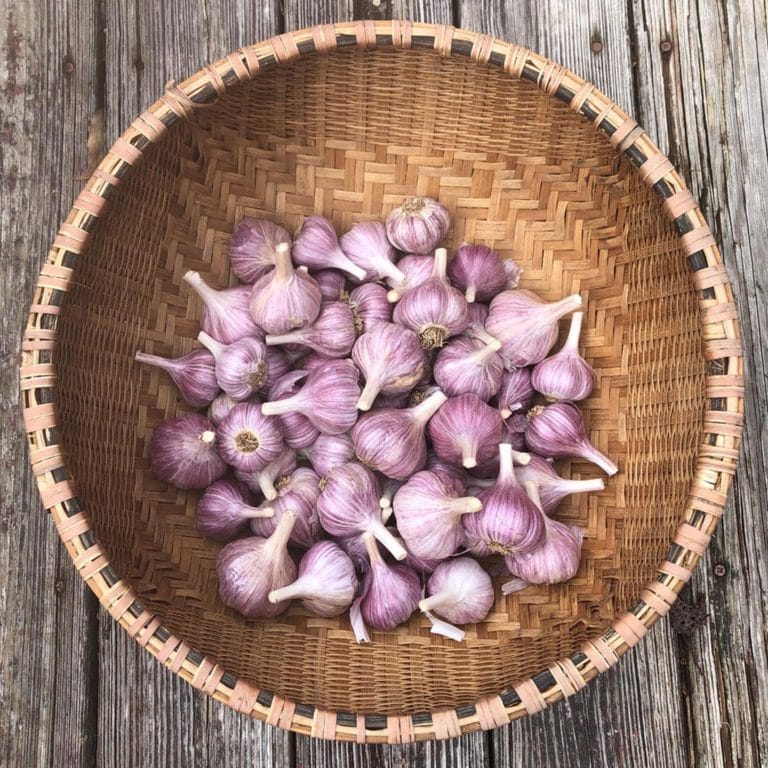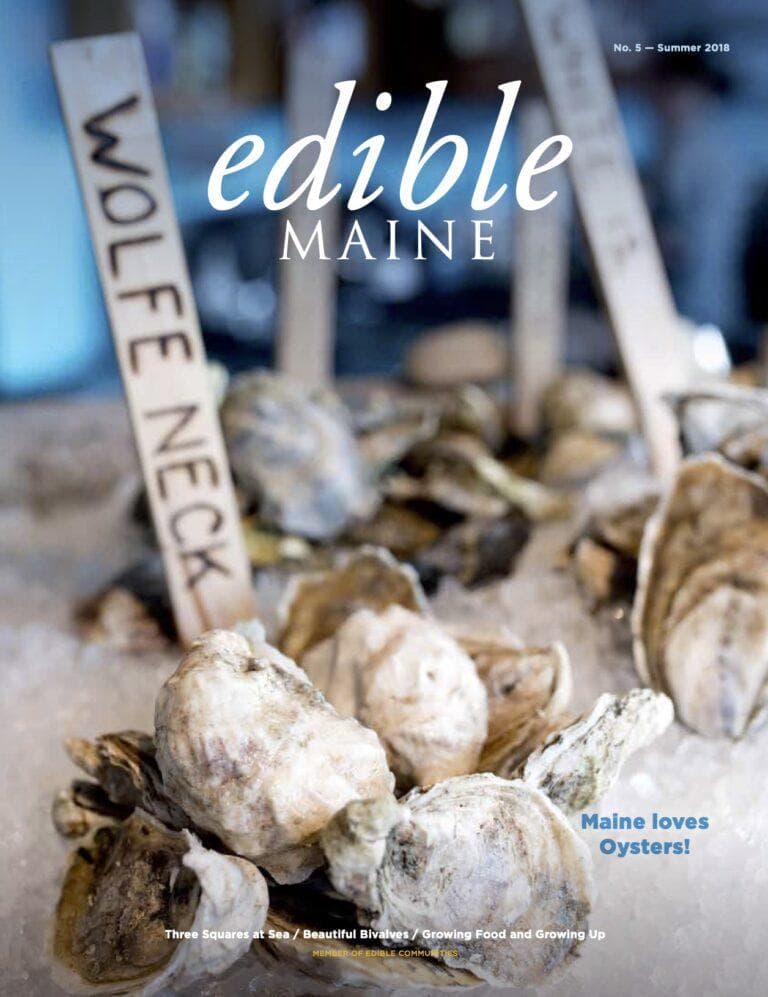Spring in Maine can seem an endurance sport. The temps go up and the temps go down: freeze-heave-thaw, repeat. In this season of waiting, there are a few gifts that renew spirit: the first shoots of garlic poking through, the robins’ tentative return, and the smelt.
There is a long history of smelt fishing in Maine, of which much has been written to celebrate. In the Spring 2022 pages of edible MAINE, Kelli Park penned a delightful piece, “Smelting on Thin Ice,” about the curious and charming culture of smelting. So, I’ll not herein add to her contributions, but celebrate the bounty of that harvest and the fish as a culinary ingredient.
It is the smell of smelt that I find most charming. Frigid cold air has a particular gravity under which life lays dormant, but from these small fish emanates a perfume of unlikely charisma: watermelon, cucumber, violet. This is not just my ready-for-summer imagination running wild; these aromas are heady and objectively delightful, a scented reminder of seasons to come.
Smelt skin flashes with a riot of rainbow hues that shimmer against the pallid tones of the blah of now. Smelt bear sheaths of miniscule scales, which are entirely edible, though they slough off at the slightest touch. Their pale flesh is oily, yet not overt in flavor as many other small silver fish can be. Their small bone structure is delicate enough to be eaten whole, allowing for a range of preparations. Though they need no more than a simple coating of cornmeal or flour and to be fried up in butter, this fish is so versatile that it could stand in as a Northern version of Bubba’s poetic waxing to Forrest Gump about shrimp and all its myriad uses. (Imagine Bubba speaking with a Downeast accent!)
As smelt are a fleeting bounty, I’ll spend a weekend afternoon preserving a couple pounds of them, a slow and intentional use of eager and seasonally idle hands. Most often I buy them dressed, meaning headed and gutted. To debone them is a simple task: I place each fish belly down and use my palm to gently smash the backbone toward the cutting board, releasing the bones from the fillet. Then I flip the fish over and gently pull the backbone toward the tail. I’ll take the now-boneless fillets and coat them in a salt-and-spice cure, then either pickle or smoke them before sinking them into a bath of olive oil. Preserved like this, they will last several weeks in the cold mudroom.
I’ll slowly draw down this bounty, sautéing them with vegetables or mashing together a few fillets with olive oil, garlic, tarragon, and parsley as a dip for roasted root vegetables. They also add an easy point of interest to hearty salads of the season. I’m a huge fan of Caesar salad; it’s basically tasty greens covered in aioli and cheese!
My recipe, though it varies, is always bracingly bright and acidic, infused with herbs, especially tarragon. It is a beautiful yolky yellow that sits in stark contrast to a white plate, like the forsythia blossoms against lingering snow. I like a lot of croutons in my Caesar, to the point that it resembles a panzanella in its architecture. Typical croutons, most often in cubed form, frustrate me as they don’t integrate into the salad, but merely sit alongside it. So instead of chunks of bread, I’ll slice a Standard Bakery baguette as thin as possible, slather it heavily with olive oil, and bake until crispy. These crostini shatter when tossed with the salad, adding volume and texture. Draped over salad with a drizzle of their oil, the smelt look like tinsel, their iridescent skin a glimmer of optimism for the seasons to come.













